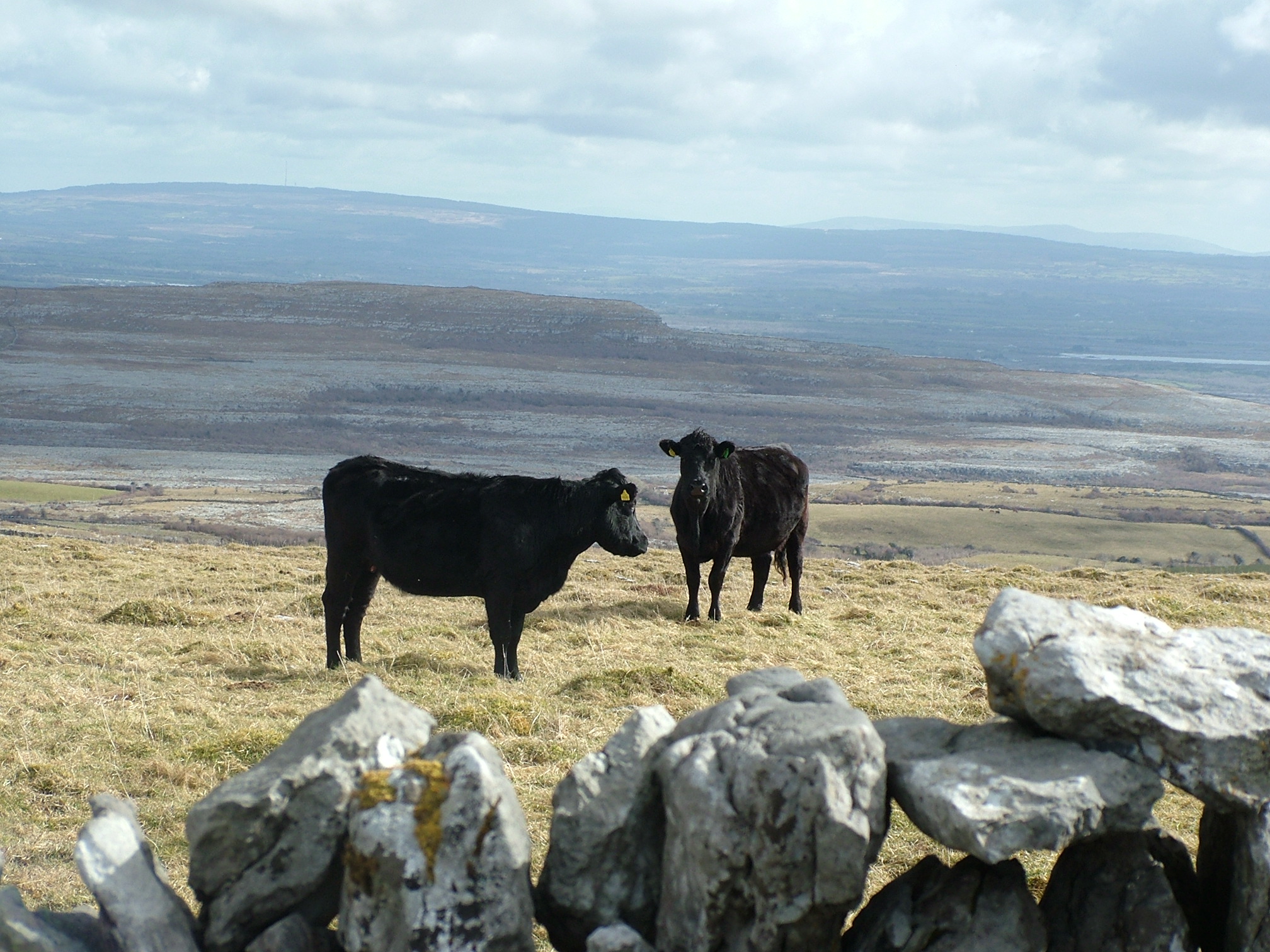Case Study
Farming to conserve our heritage: A Case Study from the Burren
Contact name
Dr. Brendan Dunford
Institution name
Burren Programme
Region & country
Burren Region - Ireland
Summary
The Burren Region is an internationally important landscape rich in geological, archaeological and ecological heritage. Its is largely privately owned and has been farmed for over 6,000 years. Recent changes in agriculture – intensification on lowland areas, marginalization of uplands – threaten the rich heritage, culture and the communities of the Burren. The Burren Programme is a farmer-centered, locally targeted, results-based solution to these challenges and has been very successful in addressing them since it began in 2010.

The Burren Region, Ireland
Photo b: B. Dunford
Background of the project
The withdrawal of farming (grazing) from the Burren uplands – home to some of Europe’s best orchid rich limestone grassland habitats – has resulted in extensive scrub encroachment which impacts on biodiversity, built heritage and landscape values. Increasing intensification on lowlands has resulted in habitat loss through reclamation and in increased risks to water quality.
We identified a need to incentivise improved management on species-rich grasslands as farming is no longer really viable in these areas. We also recognised the need to work with farmers own knowledge and skills to undertake the work required to improve the farming infrastructure and management on these areas.
Solution and actions taken
We created a very simple, but scientifically robust, method to capture the environmental health of every field on a 1-10 scale and we used this scale to calculate farmer payments: higher scores equals better environmental health equals more money for the farmer. To complement this we created a pool of money to fund capital works required to enable better management: farmers decide what work they want to do and they also co-fund these works.
Over six years thousands of actions were undertaken by over 150 farmers in the programme – actions such as removal of invasive scrub, repair of old stone walls, upgrading of water facilities etc. In addition, farmers increased grazing to more traditional levels and adopted new climate-smart feeding systems. The overall impact was a measureable improvement in the environmental health of c.15,000ha of land in the Burren.
Other institutions or parties involved
- The main funder is the Department of Agriculture, Food and the Marine along with the European Commission;
- The National Parks and Wildlife Service are the other key support organisation.
- Teagasc, The Heritage Council, National Monuments Service have also supported the work
Results
The Burren Programme is now in the process of expanding to cover the whole Burren (30,000ha, 500 farmers) and data over the first 6 years of operation show a gradual but consistent positive environmental impact. A lot of targeted capital work has also been completed. Farmers now have a stronger sense of ownership and purpose and are no longer perceived as only food producers but as legitimate custodians of this special place.
Challenges
Problems include:
- The lack of available skilled manpower to do the work;
- Loss of traditional knowledge;
- Countering policy and market forces which would support unsustainable management;
- Inconsistency of funding streams;
- Getting and keeping skilled local staff and others.
Lessons learned
- Locally led approaches to conservation work really well and last a long time, but they do take a long time and a lot of trust to get started;
- Farmers have a huge role to play in looking after our landscapes: with the proper incentives, support, and trust (freedom to farm) they can achieve a lot;
- A results-based approach fosters innovation and action, enables much better value for money and also helps capture impact.
Contact name
Dr. Brendan Dunford
Institution name
Burren Programme
Website(s)
